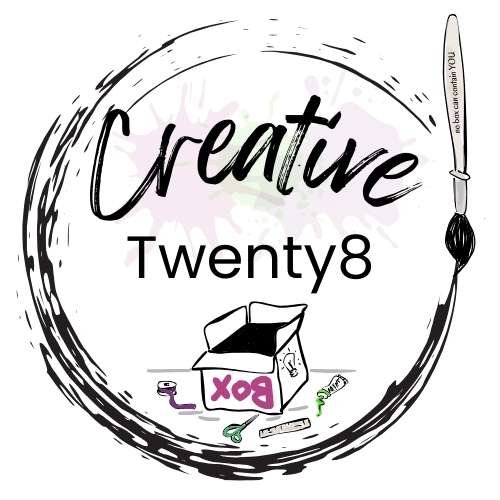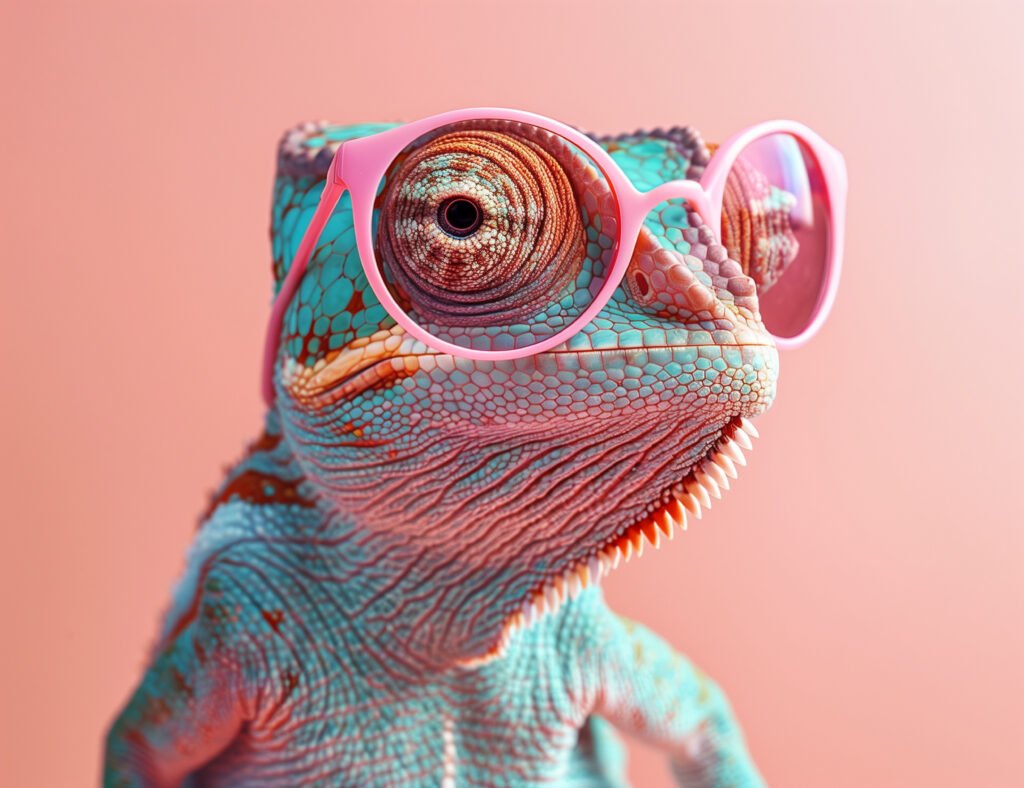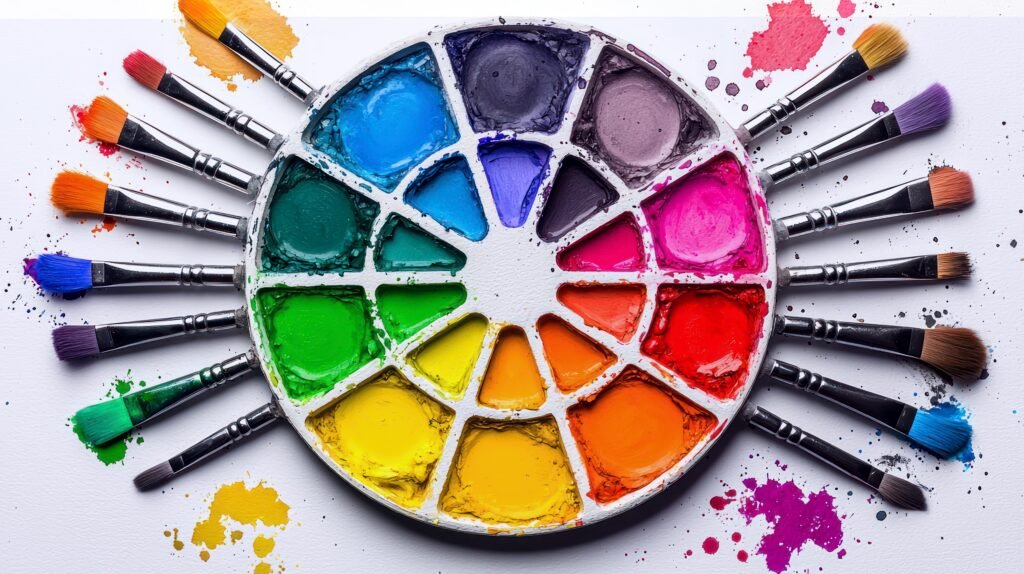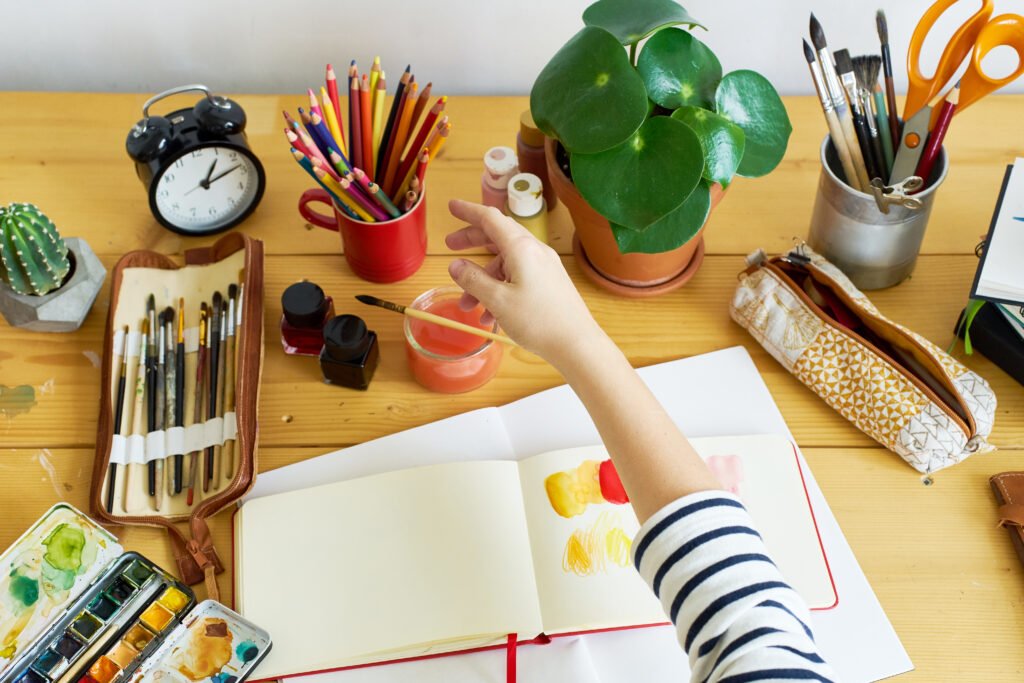Your cart is currently empty!

How to Match Colors Like a Pro (Even If You’re Just Starting Out)
Matching colors isn’t just for designers or professional artist—it’s for anyone who’s ever stood in front of a blank canvas wondering what color comes next? Whether you’re a beginner just picking up your first brush or you have simply been looking for ways to up your color game, this post will guide you through the magic of matching colors using both your eyes and a little help from trusty tools like color wheels and swatches.
1. Trust Your Eyes (Yes, Really!)
Before diving into theory, take a moment to observe. Look around you—nature is the ultimate color teacher. Ever notice how the deep green of a pine tree pairs beautifully with the rusty red of autumn leaves? Or how the soft purple of a sunset seems to melt into golden orange?
Start training your eye by doing a few simple things:
- Make color studies from real life. Grab a sketchbook and quickly paint color blocks based on what you see.
- Screenshot a favorite photo and pick out 3-5 main colors. What’s working? Is it contrast, harmony, or a surprising pop?
~Squint your eyes a little to blur the details—it helps you see colors more abstractly!
2. Get Friendly with the Color Wheel
Okay, now for a little science (don’t worry—it’s the fun kind). The color wheel is like your map to the color kingdom. Here’s how it can help:
- Complementary colors: These are opposites on the wheel (like blue and orange). They pop when placed next to each other, but be careful—they can get loud fast.
- Analogous colors: These neighbors (like green, blue-green, and blue) are soothing and work beautifully for harmony.
- Triadic colors: Think of a triangle on the wheel—like red, yellow, and blue. These create bold, balanced palettes.
- Split-complementary: Take a color, skip its opposite, and use the ones on either side. For example: blue with red-orange and yellow-orange. It’s drama without chaos.
~Print out this color wheel or keep it handy on your phone as your pocket-sized palette assistant.
3. Play with Color Blocks & Swatches
Create your own color experiments! Use scraps of paper or paint swatches in your sketchbook to see what colors work well together. (Or start a Color Journal! -post coming soon on how to do this!)
- Try this fun game: Paint a bold color, then find two others that balance or enhance it. Make a “color sandwich”—one main color and two sidekicks.
- Cut and paste color samples from magazines or print digital swatches. Mix them around like a puzzle.
~This hands-on play builds muscle memory for color relationships.
4. Cool vs Warm
Temp Check
Colors have temperatures, and they feel different. Red, orange, and yellow are warm—they energize. Blue, green, and violet are cool—they calm.
Mixing warm and cool colors can add depth, contrast, or mood to your piece:
- Want a cozy, inviting scene? Stick to warm tones.
- Painting a quiet, dreamy vibe? Cool tones are your best friend.
- Want drama? Mix a warm highlight with a cool shadow.
~Look around you right now, what kind of color vibe do you have going on in the space you are in?
5. Play Around to Practice
Color matching is a bit like cooking—you get better by tasting and experimenting. So, get to it! One great way to practice is by selecting 3 colors. Use only the 3 colors you selected and see how many colors/shades you can create with them. You can also paint the same object three times using different palettes: one complementary, one analogous, one monochrome.
Remember: You don’t need a fancy degree to match colors—you just need curiosity and courage to explore.
Creative Push: Next time you go outside, pick three colors from what you see—a tree, a flower, a sidewalk, even a piece of trash (hey, it might surprise you). Try to recreate those colors with paint or pencils and build a mini piece of artwork from just that palette.







Leave a Reply